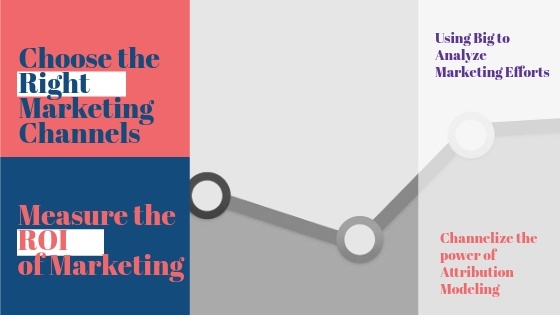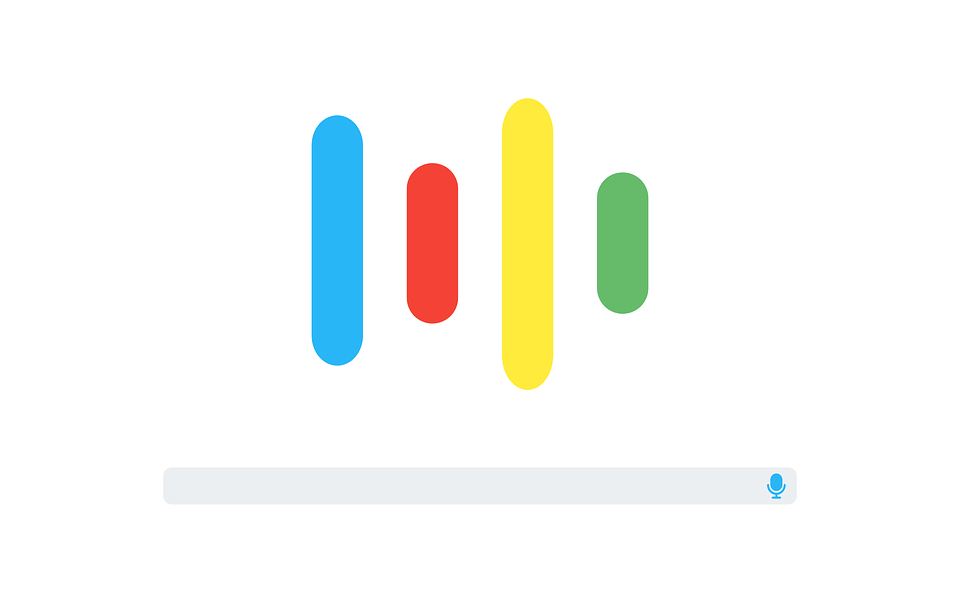Attribution Modeling: Bring the Power of Big Data into Marketing
Attribution modeling is the method of analyzing the impact of marketing initiatives on conversions. In attribution modeling, customer's data is...
4 min read
Anurag : Apr 14, 2017 12:00:00 AM


In today’s competitive world, growing customer base and satisfying them is considered the most challenging task. They demand on being treated as individuals and not as a general lot. To get over this, banks have been implementing various tools over time. But important issues like ensuring long-term loyalty from high-valued customers, retaining and attracting different types of customers or cross-selling of which products exactly to whom, fraud detection, application screening, credit and collections has always been an area of concern. Predictive analytics comes into the picture here. It helps banks to fetch the relevant data of customers, identify fraudulent activities, helps in application screening, capture relationships between predicted and explanatory variables from past happenings and uses it to predict future outcomes.
Here are the 10 ways in which predictive analytics is helping the banking sector.
Fraud is becoming an area of big concern for every sector and for banking and financial firms, it can cost a lot to them. For individuals, it's even more dangerous because they are at a risk of losing their identity in the first place. Digitization has paved way for the cyber criminals to commit more frauds. Thus banks need intelligent systems and tools to deal with them. Predictive analytics, Machine learning, Big data, Data mining and Stream computing are few tools that help in catching these frauds. Analytics can be used to recognize frauds that are not very obvious and then predictive analytics can be implemented on them to analyze them further. Data integration, utilizing unstructured data and machine learning techniques like supervised and unsupervised learning can help detect fraud cases by following a pattern.
Predictive analysis in banking can help process huge volumes of applications, without excluding important variables, without delays or errors, without growing tired- all of it with regularity and steadiness. The results are very much accurate and authentic to be used. So ultimately there doesn't have to be a comparison between traditional or manual screening and analytics.

Predictive analytics help in the process for optimized targeting, making it easier for banks to instantly identify the high-value customer segments most likely to respond. The customer base can further expand by acquiring the right type of customer. Based on a report, it was seen the banks that adopted predictive analytics had an increase of about 10% in new customer opportunities over a year.
Also predictive analytics helps banks and financial institutions retain their customers. It:
Applying this technology would also help discover the churn patterns and develop profiles of users who have left, to get an insight of why they left and discover strategies to keep them satisfied.
Customer retention is another area where banks need to focus more today in order to reduce customer sapping. Loyal customers need to be rewarded and customer attrition needs to be minimized. Sometimes it gets too late to retain a customer because they tend to have a large customer base and hence lose track of them. It's easy to look out for a new customer but the old ones are always valuable. Predictive analysis helps identify which customers are willing to switch to any other bank and the reason behind their decision. It examines customer’s service performance, spending, past service and other behavior patterns to predict the likelihood of a customer wanting to stop its services anytime in the near future.
Targeting the right product and tracking customer usage is a challenge before banks which they independently and in conjunction with retailers are trying to curb. With predictive analytics, banks can rapidly segregate various customer segments and replace it with highly relevant, individualized messages tailored to each customer’s profile, resulting in a higher response rate. This ultimately helps deliver the right product to the right person. As in if someone who has a history of buying gadgets then the sale of high-end gadgets can be targeted at him and in fact he would be happy to get such updates.
Efficient cross-selling of products can happen by analyzing the existing customer behavior at places where multiple products are offered. Which specific products are to be sold to whom hence predicting the outcome is what successful cross-sellers do. And all of this results in more effective cross-selling thus increasing profitability and strengthening the customer relationship. Today, securing one profitable customer is a big task for banks, hence cross-selling another product to an existing customer helps a lot.
Predictive analytics helps examine customers’ usage, spending, and other behavior and leads to effective cross-selling of the right product at the right time.
Banks have a mix of customers who always pay on time and those who lag. It is a tricky task to keep a track and maintain records of all individuals and differentiate who to focus more. Predictive analytics offers clear benefits in this area. Banks can attain a better understanding of their portfolio risk and thus improve the productiveness of the collections process. Most importantly analytics helps identify the customers who would be at risk in the future and what actions banks should take to achieve positive results.
Predictive analytics can help banks track the past usage patterns and the daily coordination between the in- and out-payments at their branches and ATM’s, hence predicting the future needs of their potential customers. Optimal management of liquid assets can result in their extra income and a proper analytics plan can help obtain an overview of future changes in investment and liquidity options.

Predictive analytics help marketers to plan marketing campaigns and programs and monitor the results closely. By providing an insight into customer behavior and attitudes, and a complete, current view of your customers, analytics help your marketing team deliver the right message at the right time to the right customers.
Customer's lifetime value is how long the organizations are able to retain their customers. Identifying who the best customers are, making them better in different ways, and once you win them over, securing their loyalty, are few areas that banks are focussing.
Predictive analytics helps:
Feedback management is really important. Predictive analytics allows banks and financial firms to keep up their relationship with the customers by giving them the right services and products for their need and matching individual preferences in the most sorted way.
NewGenApps has been providing Big Data and other data science services to start-ups and enterprises in various verticals, including banking & financial institutions. If you would like to understand how predictive analytics can help grow your business, get in touch.

Attribution modeling is the method of analyzing the impact of marketing initiatives on conversions. In attribution modeling, customer's data is...

Technology is growing at a remarkable rate with so many changes in the day-to-day activities. There is not even a day that went without a new...
 Read More
Read More